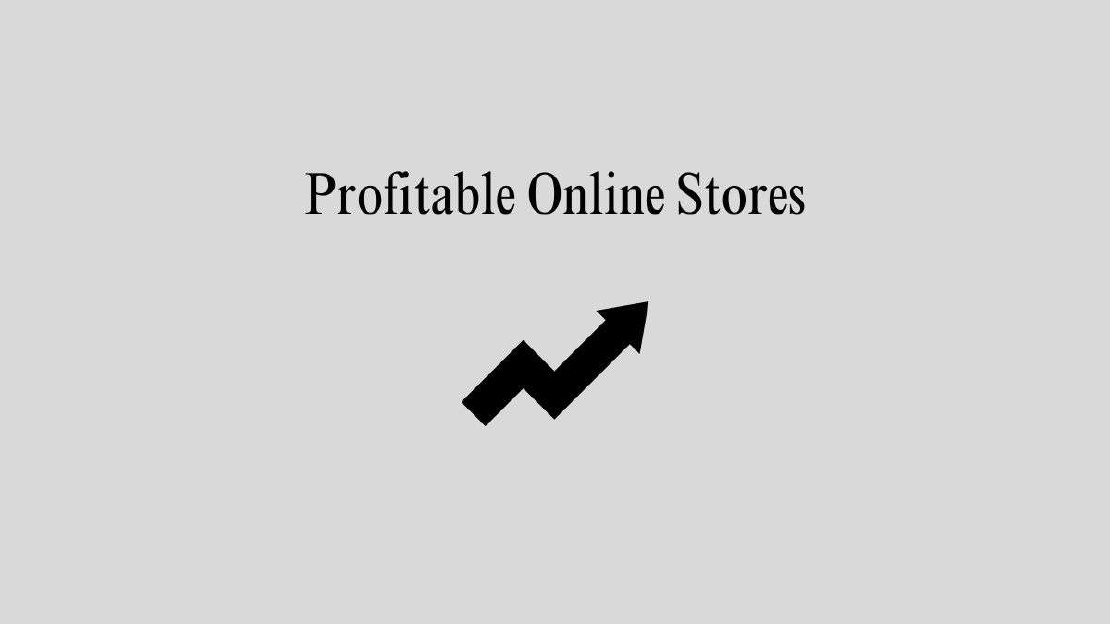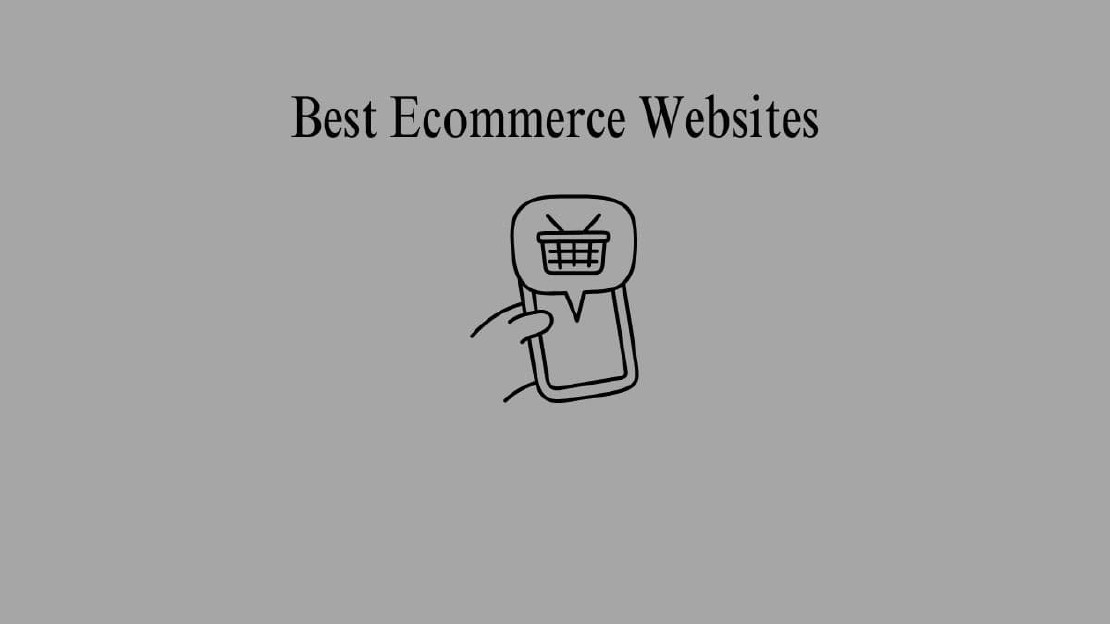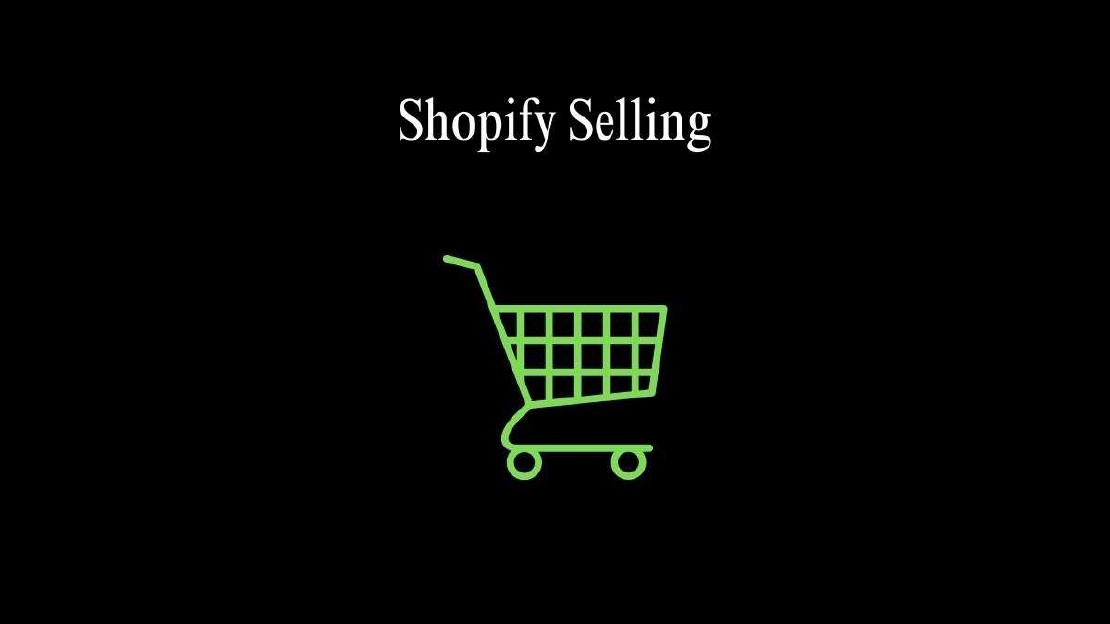How to Sell on Shopify
Launching a shopify store can be daunting. As a leading e-commerce platform, Shopify has revolutionized the way entrepreneurs sell products online. Shopify offers a user-friendly interface, robust features, and powerful tools to help you create, manage, and grow your online store. This guide will walk you through the process of selling on Shopify, from setting up your store to scaling your business for success.
What is Shopify?
Shopify is an all-in-one e-commerce platform that empowers individuals and businesses to setup ecommerces stores, manage, and scale their online stores with ease. Founded in 2006 by Tobias Lütke, Daniel Weinand, and Scott Lake, Shopify has evolved from a humble startup to a global juggernaut, powering over a million businesses in more than 175 countries.
How to Set Up a Shopify Store
Before you can start selling, you need to set up your eCommerce store. This process is straightforward but requires careful planning and execution.
First, sign up for a Shopify account. Shopify offers a 14-day free trial, which allows you to explore the platform and set up your store without any financial commitment.
Design Your Shopify Store
A visually appealing and user-friendly design can significantly impact your store’s success. Shopify provides a variety of themes that cater to different industries and preferences. These themes can be customized to align with your brand’s identity.
Shopify offers both free and premium themes. Free themes are great for those starting out, but premium themes often come with additional features and customizability. Choose a theme that complements your brand and provides a good user experience.
Once you have selected a theme, you can customize it to match your brand’s aesthetics. This involves changing colors, fonts, and adding your logo. Shopify’s drag-and-drop editor makes it easy to personalize your theme without needing any coding knowledge.
Your store should have essential pages like the About Us, Contact, and FAQ pages. These pages help build trust with your customers and provide them with necessary information. Additionally, setting up a blog can be beneficial for SEO and engaging with your audience.
Add Products to Your Shopify Store
With your store set up and designed, the next step is to add your products. This involves more than just uploading images and descriptions.
A compelling product description can persuade potential customers to make a purchase. Ensure your descriptions are detailed, highlighting the key features and benefits of your products. Use bullet points to make information easily digestible and include keywords to improve SEO.
High-quality images are crucial in e-commerce. Customers rely heavily on visuals when making online purchases. Use multiple images to show different angles and details of the product. Including lifestyle images can also help customers visualize the product in use.
Setting the right price is crucial for attracting customers and making a profit. Research your competitors to find a competitive price point. Additionally, keep track of your inventory levels to avoid overselling or stockouts.
Set Up Payment Gateways
A smooth and secure payment process is essential for any online store. Shopify supports a wide range of payment gateways, including its own Shopify Payments, PayPal, and third-party options.
When selecting a payment gateway, consider transaction fees, supported currencies, and customer preferences. Shopify Payments is a popular choice as it integrates seamlessly with your store and offers competitive transaction fees.
Once you have chosen your payment gateway, configure the payment options in your Shopify admin panel. Ensure that the checkout process is straightforward and secure to build trust with your customers.
Shipping and Fulfillment
Shipping is a critical aspect of e-commerce that can significantly impact customer satisfaction. Shopify offers various shipping solutions to cater to different needs.
Determine your shipping rates based on factors such as product weight, destination, and shipping method. You can offer free shipping, flat-rate shipping, or real-time carrier rates. Free shipping can be an excellent incentive for customers but ensure it doesn’t eat into your profits.
Shopify integrates with major shipping carriers like USPS, UPS, and DHL. Select carriers that provide reliable service and competitive rates. Shopify Shipping also offers discounts on shipping rates, which can help reduce costs.
A clear and fair return policy is essential for customer satisfaction. Outline your return process, including any associated costs and conditions. Make the return process as straightforward as possible to build trust with your customers.
Market Your Shopify Store
Once your store is set up, focus on optimizing your product listings to attract and convert visitors into buyers. Marketing is essential to drive traffic to your store and generate sales. A multi-channel marketing approach works best. Therefore, you should use online marketing strategies like SEO, SMM, content marketing, email marketing and so on.
Managing Customer Relationships
Building strong relationships with your customers is crucial for long-term success. Excellent customer service can lead to repeat business and positive word-of-mouth.
Respond to customer inquiries promptly and professionally. Use Shopify’s built-in customer support tools to manage communications efficiently. Offering live chat support can also enhance the customer experience.
Encourage customers to leave reviews and feedback. Positive reviews can boost your credibility, while negative feedback provides an opportunity for improvement. Address any issues promptly and professionally to show customers that you value their opinions.
Loyalty programs can incentivize repeat purchases and build long-term relationships with your customers. Offer rewards like discounts, exclusive products, or early access to sales. Use Shopify’s loyalty program apps to set up and manage your program easily.
Analyzing and Improving Your Store’s Performance
Regularly analyzing your store’s performance is essential for growth. Shopify provides various tools and reports to help you track key metrics and make data-driven decisions.
Monitor your sales and traffic to understand your store’s performance. Use Shopify’s analytics dashboard to track metrics like total sales, average order value, and conversion rate. Identify trends and patterns to inform your marketing and sales strategies.
Integrate Google Analytics with your Shopify store for more detailed insights. Track user behavior, traffic sources, and other valuable data. Use this information to optimize your marketing efforts and improve your store’s performance.
A/B testing involves comparing two versions of a webpage or element to see which performs better. Test different product images, descriptions, and calls to action to determine what resonates best with your audience. Use the results to optimize your store for higher conversions.
Write Product Descriptions
Your product descriptions should do more than just describe the product; they should sell it. You can do this by highlighting how the product will benefit the customer, not just its features. Also, create a narrative around your product. Tell a story that resonates with your target audience. Add customer reviews and testimonials to build trust.
Boost Sales Through Customer Reviews
Customer reviews are powerful social proof that can influence buying decisions. Here’s how to leverage them; ask customers to leave reviews after their purchase, display positive reviews prominently on your product pages, thank customers for their feedback and address any concerns mentioned in negative reviews.
Manage Orders on Shopify
Order management involves processing, fulfilling, and tracking orders. How can you do it effectively? Use Shopify’s automation tools to streamline order processing and fulfillment. Keep track of your inventory levels to avoid stockouts and overselling. Integrate with shipping solutions like ShipStation or Shippo to simplify shipping and tracking.
Handle Shipping and Fulfillment on Shopify
Shipping and fulfillment can make or break your customer experience. Provide standard, expedited, and free shipping options to meet different customer needs. Partner with reputable shipping carriers to ensure timely delivery. Keep customers informed about their order status with tracking information and updates.
Use Shopify Apps
You can find numerous Shopify Apps that can enhance your store’s functionality. Here are some must-have apps:
- B2C Dropshipping: For dropshipping products directly to customers use Oberlo.
- C2B Dropshipping: If you want to collect and display customer reviews explore Yotpo.
- B2B Dropshipping: Klaviyois for advanced email marketing automation.
Scale Your Shopify Business
As your business grows, consider expanding your product line. Conduct market research to identify new products that align with your brand and customer preferences. Diversifying your product range can attract a wider audience and increase sales.
Shopify makes it easy to sell internationally. You can set up multiple currencies, offer international shipping options, and translate your store into different languages. Selling globally can significantly boost your revenue and brand reach.
Explore Shopify Alternatives
Selling on Shopify is a rewarding journey that offers immense opportunities for growth and success. However, theres always other options. When exploring eCommerce solutions, Shopify often tops the list, but several Shopify alternatives offer unique benefits that might better suit your business needs.
Recent Posts

- Ecommerce
What is Ecommerce
In recent years, e-commerce has witnessed exponential growth, revolutionizing the way people conduct business transactions. From small-scale entrepreneurs to …

- Ecommerce
Most Profitable Online Stores
In this blog post we will analyze the most profitable online stores and factors contributing to their success. From industry giants like Amazon and Alibaba to …

- Ecommerce
Top 5 Ecommerce Websites
In the ever-evolving landscape of online commerce, choosing the right e-commerce platform to build your site is a critical decision. With numerous options …
